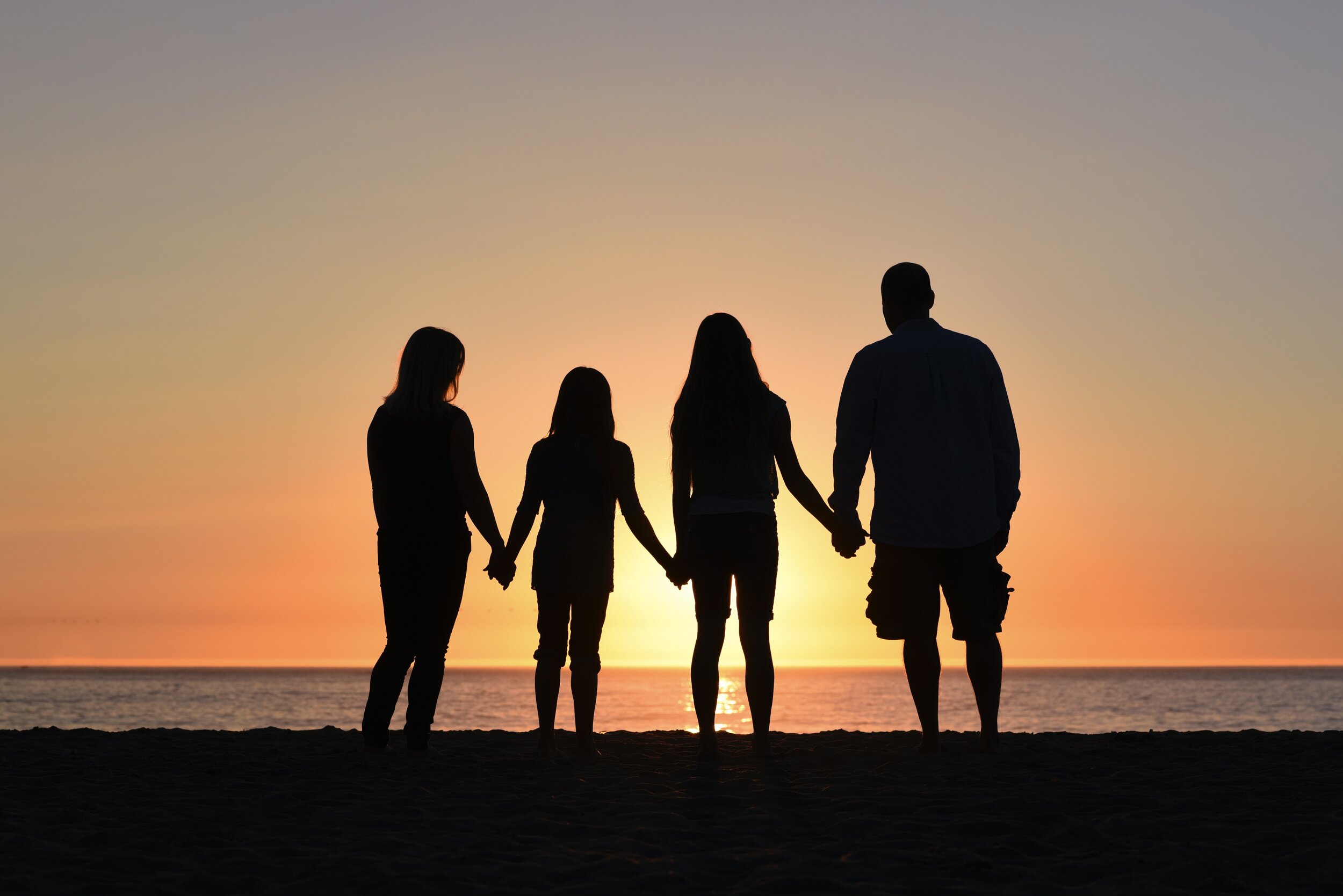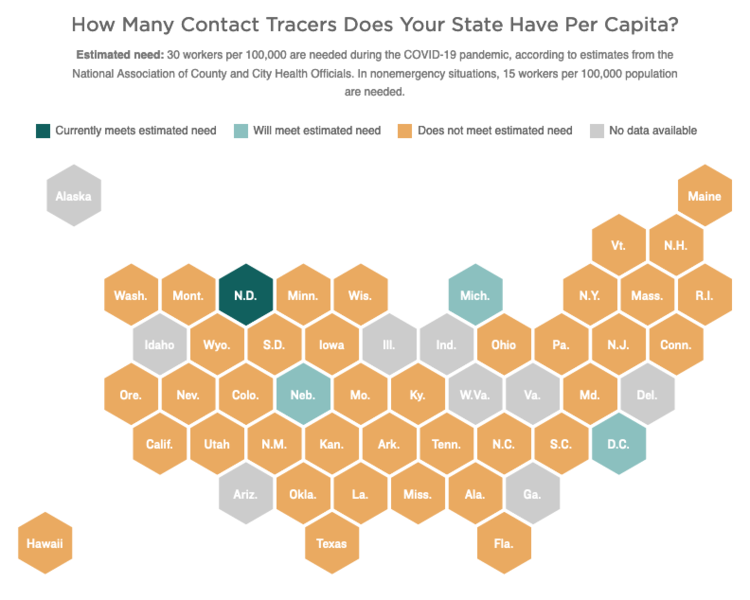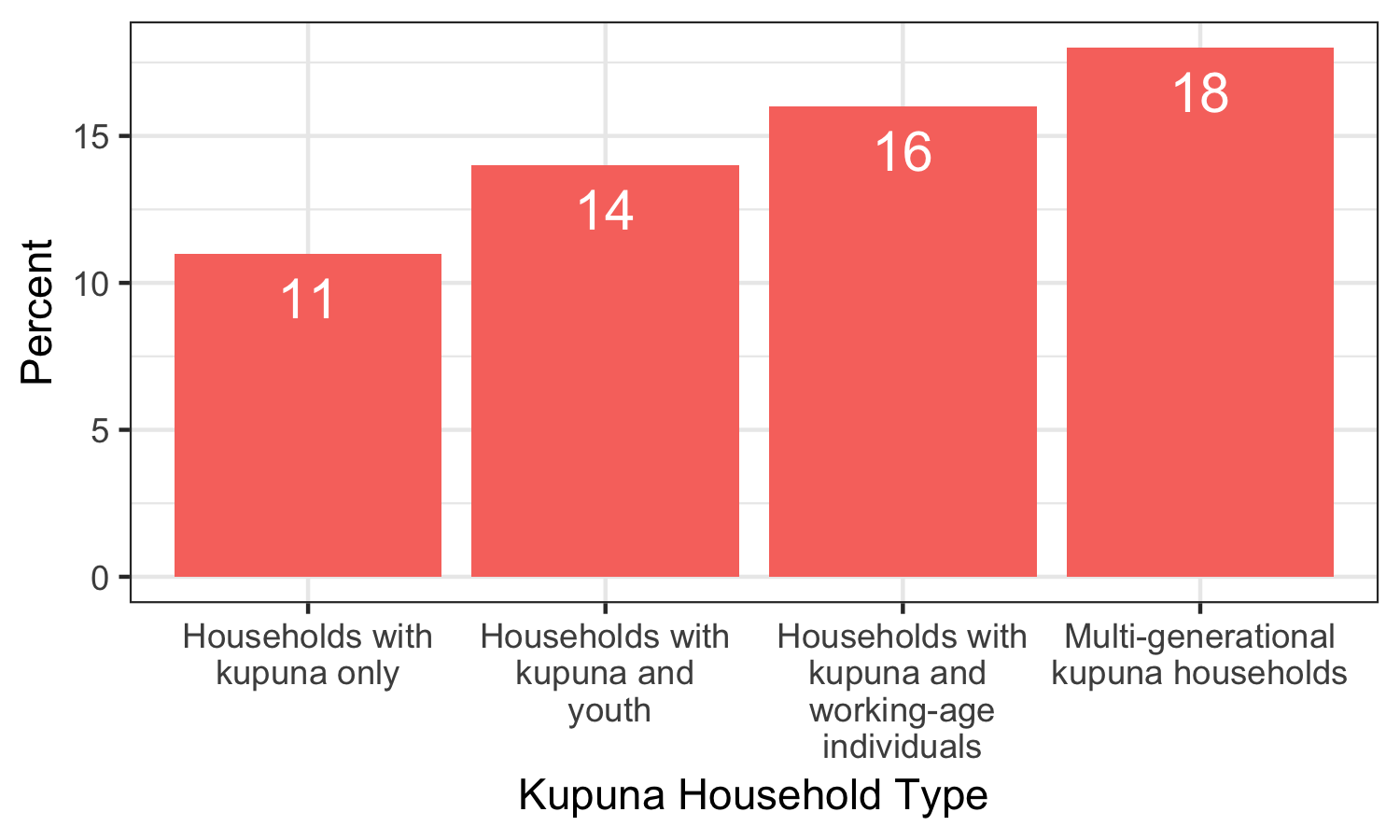News & Updates

Fifty-nine Percent of Hawaii Households Estimated to Experience Significant Financial Hardship by the End of 2020
Aloha United Way released an updated report, ALICE®: A Study in Financial Hardship in Hawaii, indicating forty-two percent of Hawaii’s households are struggling to get by. That was pre-COVID-19 arriving to our islands. We partnered with AUW to estimate that in the wake of the Coronavirus pandemic, an additional 35,000 households will face severe financial hardship by the end of the year.

Dr. Thomas Lee, HI-EMA's Lead Modeler & Forecaster, Discusses Reopening Hawaii to Travel and More
Dr. Thomas Lee, Assistant Professor of Epidemiology at the University of Hawaii at Manoa, also an US Army Medical Officer from the 1984th US Army Hospital Pacific, 9th Mission Support Command, currently serving as lead modeler and forecaster for Hawaii’s Emergency Management Agency (HI-EMA) COVID-19 Emergency Response Team, discussed how he applies modeling to forecast and advise policymakers in their decisions, the potential and efficacy of testing and screening of inbound travelers, a basic explanation of “R naught,” and more.

HiPAM Chair, Dr. Victoria Fan, on the Honolulu Star-Advertiser's COVID-19 Care Conversation
Dr. Victoria Fan, Chair of the Hawaii Pandemic Applied Modeling (HiPAM) Work Group, appeared on the Honolulu Star-Advertiser’s COVID-19 Care Conversation to discuss the HiPAM Work Group, why modeling tools driven by Hawaii-specific data are critical, and the importance of testing visitors and contact tracing efforts as part of reopening Hawaii to inbound travelers.

A Missing Piece to Hawaii’s COVID-19 Response: The Hawaii Pandemic Applied Modeling Work Group
The Hawaii Pandemic Applied Modeling (HiPAM) Work Group originally formed out of a collective concern that our state’s decision makers lacked a Hawaii-specific, data-driven modeling tool to inform their decisions in response to COVID-19. Originally comprised primarily of academics and faculty from the University of Hawaii at Manoa, HiPAM has grown to include representatives from the Hawaii Department of Health, major local hospitals, and community nonprofits focused on Hawaii health and well-being.

Hidden Figures and the Continuing Need for Sound Data
Even as we move into a recovery phase and initiate efforts to reboot the economy and restart our lives, sound and timely information will continue to play a key role in those efforts. If we’ve learned anything from these trying times, it is that good decisions are always based on reliable information—and one more thing: good communication.

E Komo Mai: How Do We Reopen Hawaii to Travel?
Getting the visitor industry back on its feet is one of the state’s top priorities. But how? Given what we know about the virulence of COVID-19, the risk of future outbreaks is clearly tied to movement of people and the introduction of large populations from outside the state.

Family Ties: Are Hawaii's Multigenerational Households More At Risk?
While some may find the fact that Hawaii leads the nation in multigenerational households heartwarming and reassuring, this generational makeup can also invite domestic environments and social interactions that may encourage the spread of Coronavirus—with more adult members under one roof than single generation households and with working adults traveling daily between the office and home, or serving the general public then returning to a home with seniors and children sheltering in place.

COVID-19 Adds to Hawaii’s Existing Challenges in Achieving Accurate 2020 Census Counts
These days, it’s easy to forget that anything is happening in the world aside from the coronavirus and its impacts. But critical government activities continue to move forward, some of which will affect Hawaii and local communities for years to come. One of these activities is the 2020 US Census. As we have described previously, its results will profoundly shape Hawaii’s future federal funding streams and congressional representation. Furthermore, census data underpins key decisions throughout all sectors of the state. COVID-19 is adding to Hawaii’s existing challenges in achieving accurate census counts.

Underlying Health Conditions And How They Impact Our Vulnerability in Hawaii
While Hawaii seems to have stemmed the spread of the Coronavirus for the time being, health experts and our community leaders continue to express undertones of caution. That applies especially to our kupuna and anyone who may have serious underlying medical conditions. What does data collected from our own surveys tell us about our underlying medical conditions and where we are most vulnerable during this pandemic?

Testing Testing 1-2-3
Respondents of our survey perceive that access to testing is insufficient. Many survey participants expressed frustration with the inability to meet the criteria for testing, despite showing symptoms or other factors they believe warrant COVID-19 testing. In addition, home test kits were mentioned numerous times as one preferred method to ensure greater access to adequate testing.

(Updated) Modeling Suggests Substantial Increases In The Financial Vulnerability Of Hawaii's Families
Although the specifics of COVID-19’s economic effects on Hawaii remain unclear, our modeling suggest impacts on households of all income levels. Based on preliminary results, we estimate that nearly 134,000—approximately 30 percent—of all Hawaii households stand to bear a significant loss of income (defined as a loss in household income greater than 25 percent) due to the effects of the pandemic on the local economy.

Small Business May Play a Not-So-Small Part in Restarting Hawaii's Economy
The two largest industries in Hawaii by number of workers—accommodation and food services and retail trade—have been among the hardest hit by the economic impacts of COVID-19. The effect on those two industries was overwhelmingly felt by small businesses, which contribute billions of dollars to Hawaii’s economy each year.

Anonymized Testing Outcomes Database (ATOB) Could Increase Precision of Reopening Policies in Hawaii
An anonymized testing outcomes database (ATOB) that provides daily aggregated counts of asymptomatic as well as symptomatic cases could save Hawaii an additional $300 million in economic costs over non-ATOB reopening strategies.

Finding the Trade-Off Sweet Spot: Relatively Modest Health System Investments Could Reduce Hawaii’s Economic Losses by Billions
We used our Hawaii Population Model to explore the interplay between the medical resources needed to combat COVID-19 and their associated economic impacts, given current conditions over the next two months. We ran scenarios of every possible combination of health system parameters, with their associated economic costs, iterating and reiterating the model until every combination of infection mitigation strategies had been tested.

How Vulnerable is Hawaii in the Face of a Coronavirus Pandemic?
While Hawaii has done well by sheltering in place, other socio-economic factors could place us in a precarious position if we were forced to respond to a full-blown pandemic, disproportionately affecting certain segments of the population–even those who are our closest neighbors. Some have suggested that our decision makers are being overly cautious when considering when and how to reopen the state to business and life in general. They insist that we have turned the corner. And we have. But, as the Surgo Foundation’s index shows, we still have much to be careful about during a pandemic that has yet to show us its teeth and full bite in Hawaii.

Contact Tracing versus Contact Tracking
Among the many new terms that have crept into our daily language, contact tracing has become one of the most frequently heard in connection with COVID-19. Contact tracing is a traditional public health strategy that has been used to fight the spread of everything from the common flu to the AIDS virus. We often hear public health officials talk about the need to employ contract tracing to not only get the current pandemic under control but to keep the virus from flaring up once we start to reopen cities and states.

Our Kupuna: Understanding their Risks
Our findings suggest that transmission of COVID-19 is more likely to occur among younger individuals who are more active in the community. In our survey, individuals between the ages of 25 to 44 were the most likely (19%) to report symptoms of COVID-19 or have a household member who tested positive for the virus when compared with other age groups.

Community Vulnerability Index Provides Insights on Pandemic Preparedness
If you’ve done even limited reading about COVID-19 in recent weeks, you’ve likely encountered a short, consistent list of risk factors for individuals developing serious illness from the disease: those ages 65 and older, and anyone with underlying medical conditions. But what do we know about community-level risk for COVID-19? How might we identify which communities are more or less resilient to the current pandemic?
A good place to begin exploring answers to these questions can be found through the COVID-19 Community Vulnerability Index (CCVI).

Ongoing and Comprehensive Information Key to Reopening Hawaii
More importantly, some communities reported higher rates of COVID-19 related symptoms compared to their response rate (e.g. Waianae and Maui)—an indication that these communities may require additional information and resources to mitigate the impacts of the virus. Conversely, communities with lower reported symptoms relative to their response rate may have greater access to information that is helping to protect its citizens (e.g. East Honolulu).

COVID-19 Highlights Vulnerabilities of Rural Hawaii
After an initial delay, cases in rural communities have climbed throughout the country. On March 6, COVID-19 first emerged in Hawaii on its most densely populated island of Oahu. Cases followed in mid-March and early April on the state’s neighbor islands, home to the Hawaii’s more rural areas. As of April 19, 2020, Hawaii Island reported 62 COVID-19 cases; Maui (including Molokai), 106 cases; and Kauai, 21 cases, compared to Oahu’s 385. Although the majority of cases in the state remain on Oahu, the slow and steady growth of confirmed COVID-19 infections on neighbor islands confirms that they are susceptible to the disease as well.
